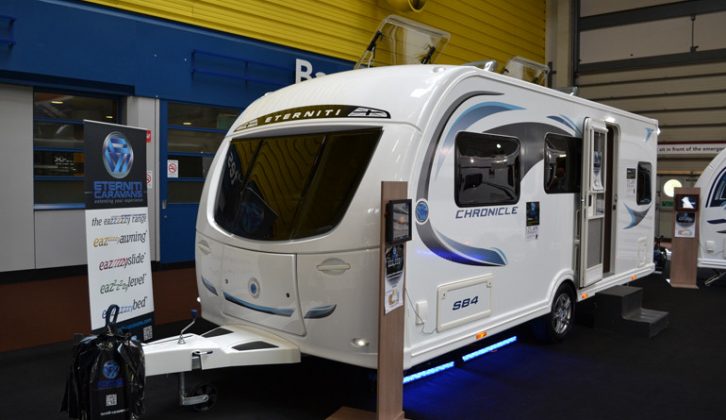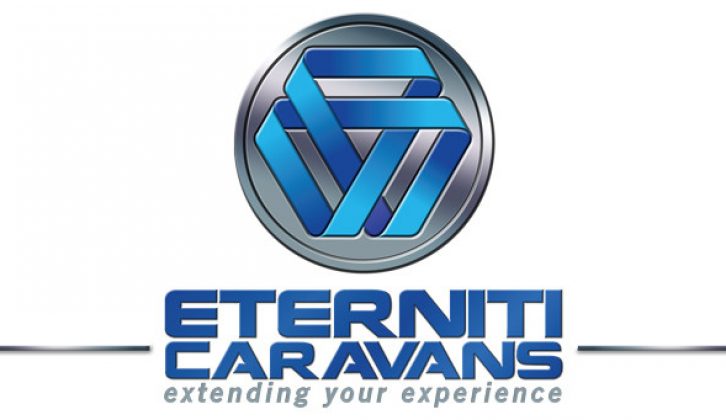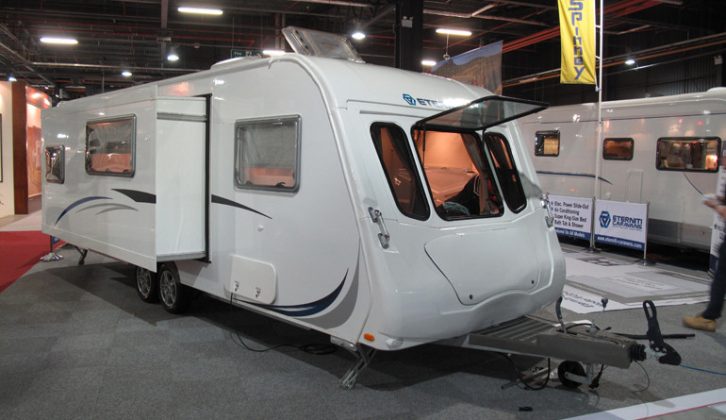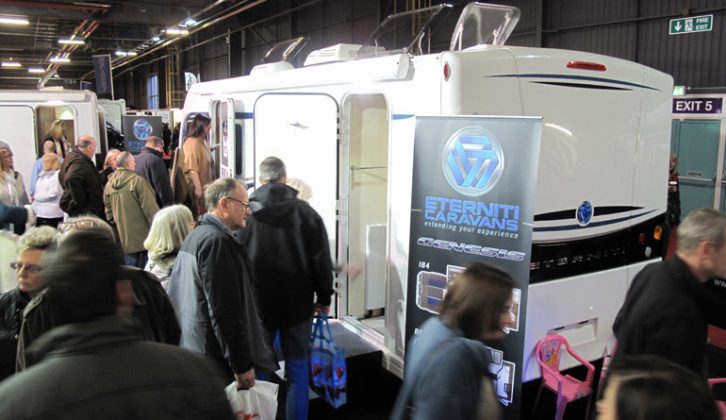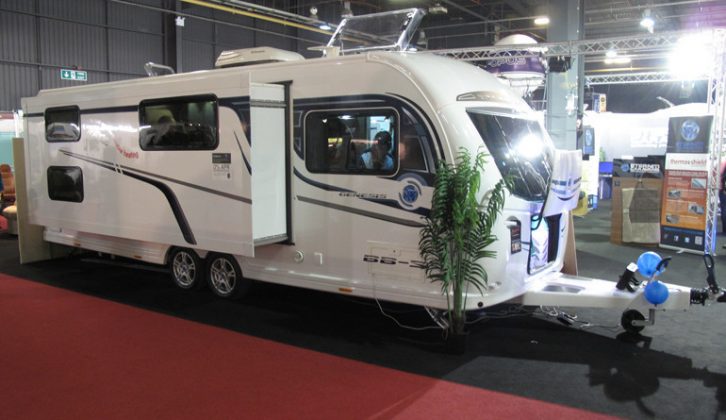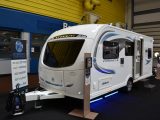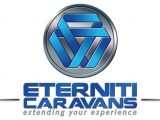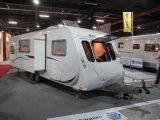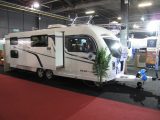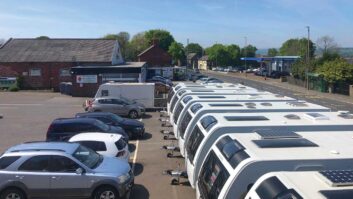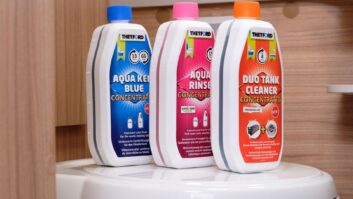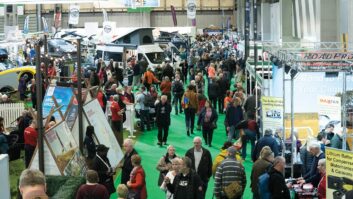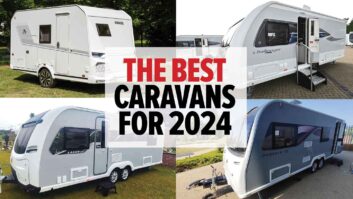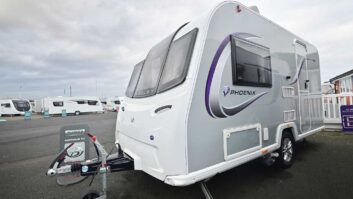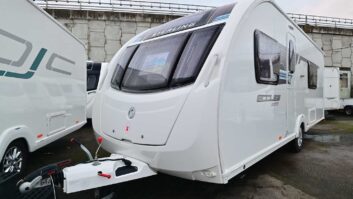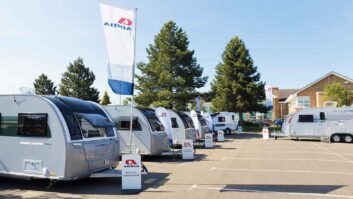I was saddened to learn that Eterniti Caravans fell into administration at the end of March. The Widnes-based manufacturer ceased to trade, with the loss of 41 jobs at its factory and showroom.
Eterniti’s classy-looking website was replaced with a stark, black and white statement from Ernst & Young. Sam Woodward and Tom Jack of EY’s restructuring team in the North West were appointed Joint Administrators.
“The Company is not in a financial position to fulfil outstanding customer orders or refund customer deposits,” read the statement. “We will be contacting all creditors, including customers, as soon as practicably possible to provide further information.”
In an additional statement, EY’s communications manager told me: “Four employees have been retained for a short period of time to assist the Administrators in winding down Eterniti Caravans and realising the company’s assets.”
Sadly, it spells the end of a short-lived but exciting venture, that was marked with the construction of some truly innovative and ambitious tourers.
I clearly remember the buzz in the build-up to the launch of the Eterniti brand at Manchester’s Caravan & Motorhome Show in January 2012. The show had moved to EventCity for the first time and the concourse was packed with visitors on the opening day, ready for the show to get going. And without doubt, Eterniti was set to be the star of the show.
We knew the company had started out building its tourers in the US for the UK market. We’d heard whispers they included features such as air-conditioning as standard, fold-out awnings, electric slide-out sections and two entrance doors.
But shipping problems in the US delayed the arrival of the prototype caravans, and with a large stand space to fill, Eterniti had to improvise. So they stuck full-size vinyl floorplans to the carpet, showing what the vans would be like to walk around.
People walked around on them and although it was the oddest exhibition space I’ve ever encountered, it certainly seemed to work: when the vans finally arrived, the queues to get inside and see a caravan with a full size bath were unlike anything I’ve ever seen before.
Eterniti soon relocated manufacturing to a new four-acre site in Widnes, and launched its Chronicle and Genesis ranges by the October NEC show that year.
Designs had advanced radically but still retained the important USP of an American-style slide-out. And Eterniti continued to push hard on the marketing front too: the brand featured on Ant & Dec’s Saturday Night Takeaway – as a prize giveaway – and on The Apprentice: You’re Fired.
And I was impressed when Eterniti MD Phil Daniels posted a status update on the brand’s own Facebook page to acknowledge “two faults within the first built caravans.” Phil accepted there had been water ingress with the slide-out section and through a front window, but explained that the problem had been solved.
At the time, I wrote, “I applaud Phil’s willingness to engage directly with his customers and tackle issues like this in an open and honest way.”
At the 2013 October NEC show, Eterniti rolled out five new floorplans and I particularly liked the SB4, a four-berth single-axle tourer, featuring Eterniti’s trademark slide-out section. Their vans were just getting better and better.
So it’s with real sadness that we learn slower than expected sales eventually led to the company’s demise.
Sam Woodward, EY Partner and Joint Administrator, said: “Difficult trading conditions impacted Eterniti Caravans’ cashflow and left it unable to meet ongoing creditor obligations. Despite efforts to secure a sale of or investment in the business, Administrators were appointed on 27 March.”
It’s rare to see newcomers in the competitive world of caravan manufacture. My thoughts go to all those who worked for Eterniti, as well as those customers who may have lost deposits.
It’s rare to see newcomers in the competitive world of caravan manufacture – my thoughts go to all those who worked for Eterniti
